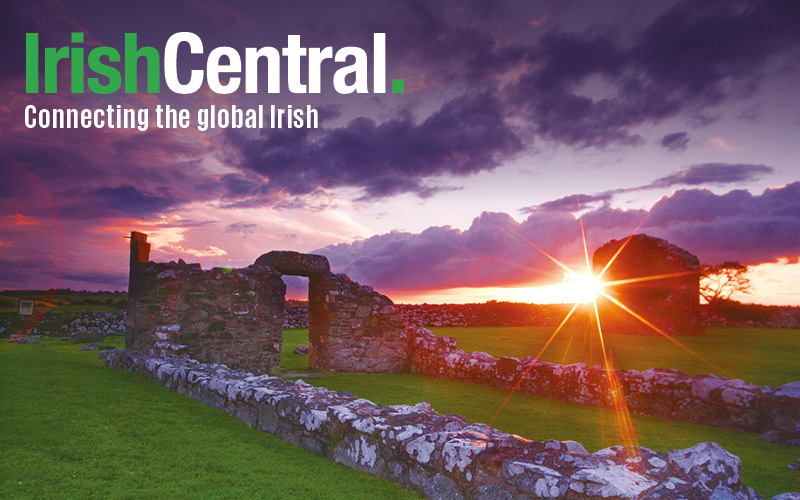Ireland may be facing in to one of the coldest winterst in 50 years, according to meteorologists, but the cold snap which gripped the country over the past six weeks was mild in comparison to the Great Irish Frost of 1740 that killed almost one fifth of the population.
Somewhere in the range of 310,000 and 480,000 people, out of the 2.4 million population, are believed to have perished during the extreme weather conditions which swept across the country, between 1739 and 1741, according to the book “Arctic Ireland.”
The book’s author, Trinity College professor David Dickson, says the frost “remains to this day, the longest period of extreme cold in modern European history”.
The cold weather was the cause of utter devastation in Ireland leading to food riots, famine, epidemic and death. The Great Frost of 1740 is believed to have been partly caused by the volcanic eruptions on the Kamchatka peninsula in Russia which sent thousands of tons of dust into the atmosphere.
According to Dickson’s book, the Irish population endured "21 months of bizarre weather" that was "without known precedent and defied conventional explanation".
The cold snap continued for almost two years, in which extreme frost, bitter winds, freezing temperatures and drought were regular features.
It was shortly after Christmas on December 29, 1739 that the Great Frost began and "introduced a cold so penetrating that liquids froze indoors and ice floes appeared at the river mouths".
The devastation included three ships sinking in Dublin Bay, drowning all on board.
Temperatures plummeted to levels where the rivers Lifffety, Slaney, Boyne and parts of the Shannon froze over, as well as several lakes throughout the country. Large volumes of fish also perished and were found along the shores of Strangford Lough and Lough Neagh.
Disruption to coal imports being brought from across the Irish Sea caused coal prices to soar, resulting in "hedges, fine trees, and nurseries around Dublin were stripped bare as desperate people searched for substitute fuel".
"The frost also plunged the streets of Dublin into darkness at night, for not only were there problems in milling the rape-seed to make the customary lamp oil, but even fully serviced lamps were being snuffed out by the intense cold," according to the book.
The situation worsened when the frost virtually wiped out the potato crop the following spring and widespread drought killed off sheep and cattle.
The following October blizzards hit the east coast followed by widespread flooding in December and a snowfall which lead to mini icebergs careening down the river Liffey.
Professor John Sweeney of the Irish Climate Analysis Research Unit (ICARUS) at Maynooth University said the exact cause of the sever winter of 1740-41 remains a mystery.
“A change in solar or volcanic activity is one possible theory,” he said.
"But certainly extreme winters are part and parcel of history. Now and again we'll get the odd extreme event like the current cold snap," he added.
* Originally published in 2010.




Comments